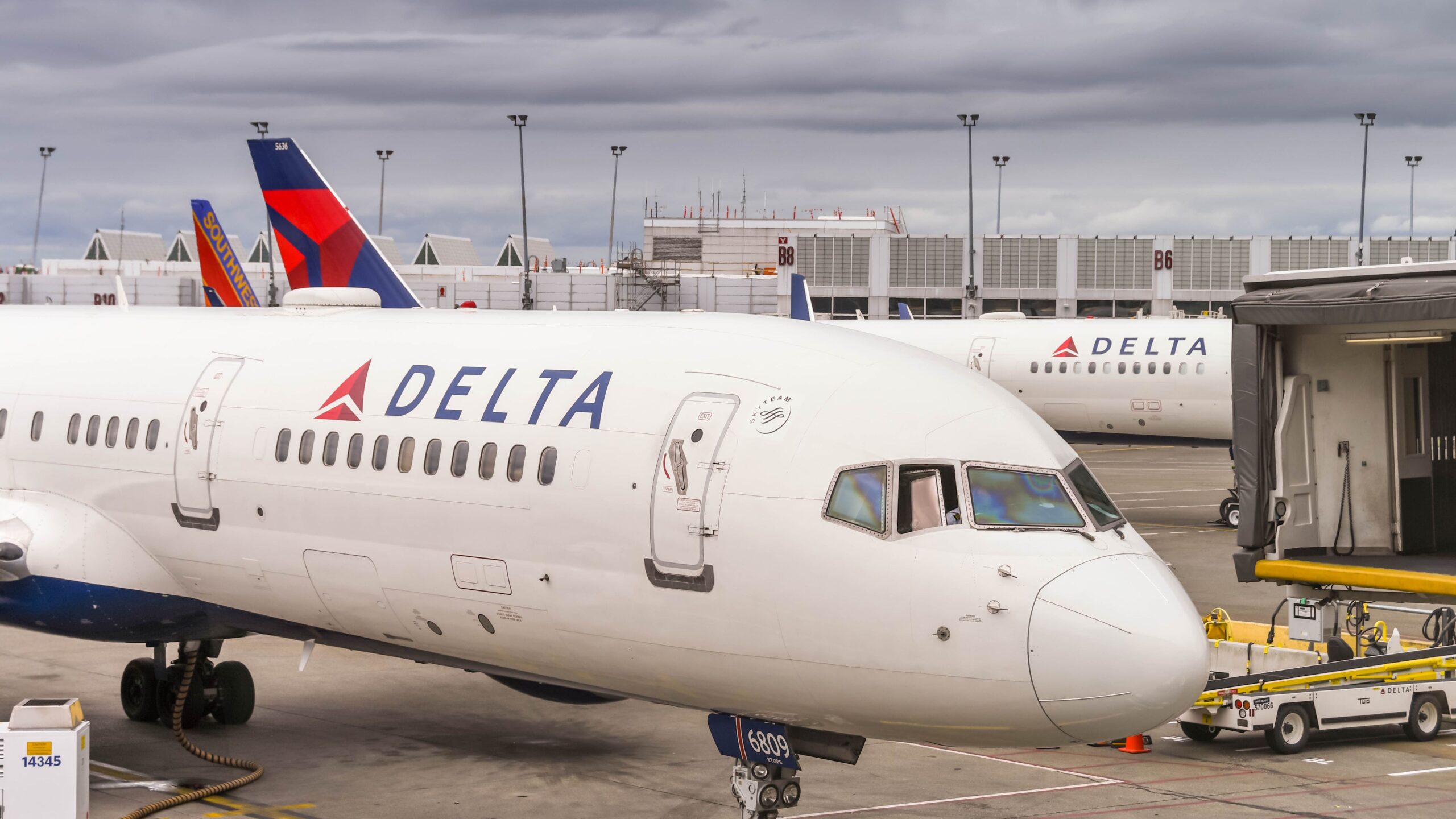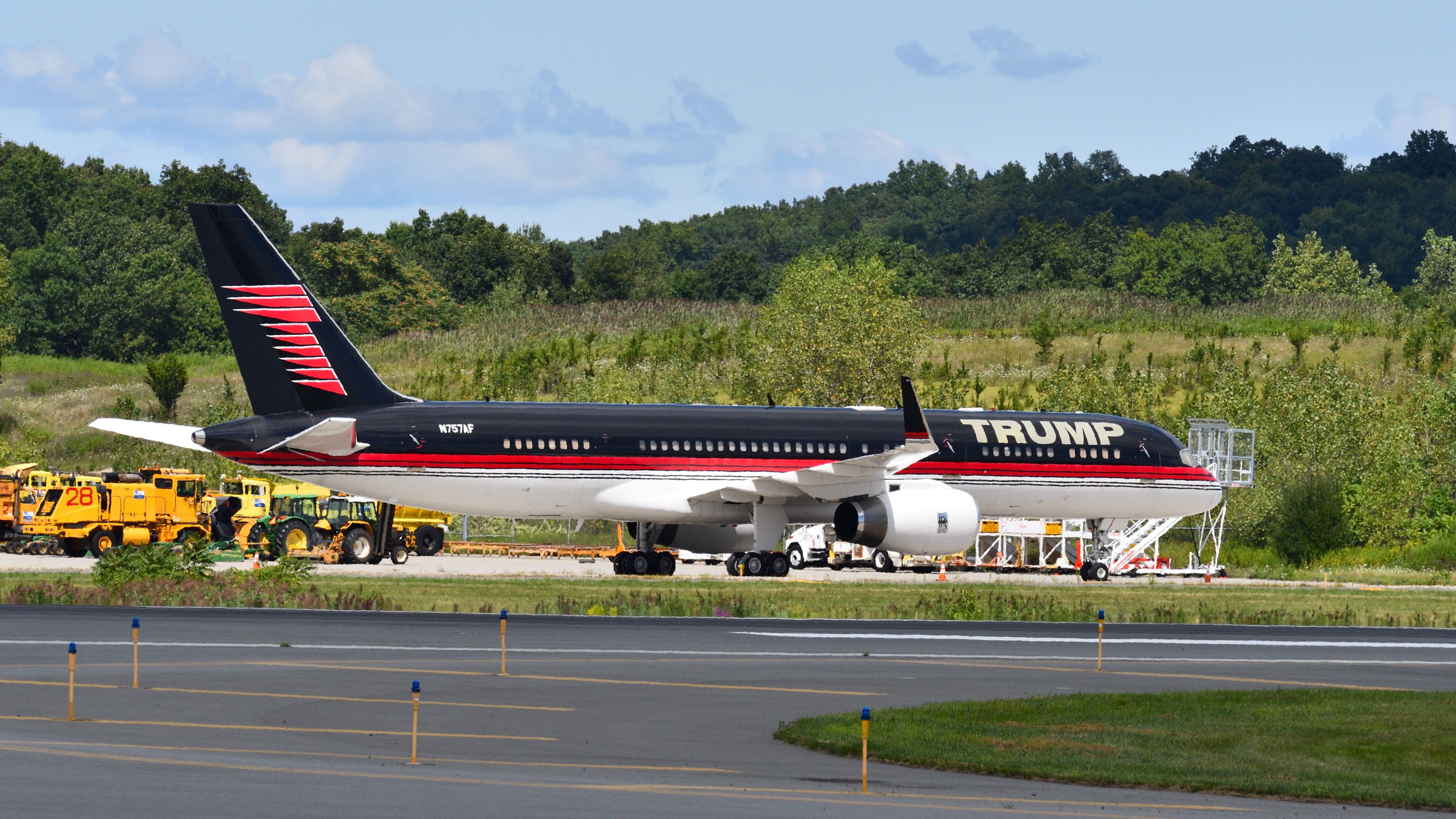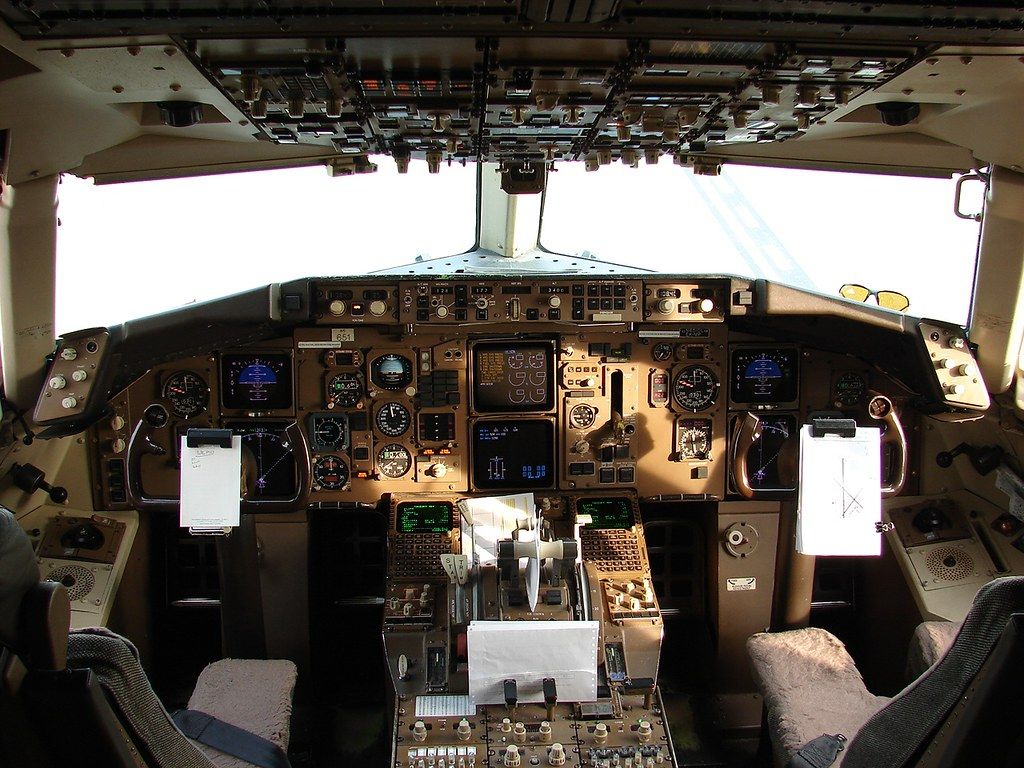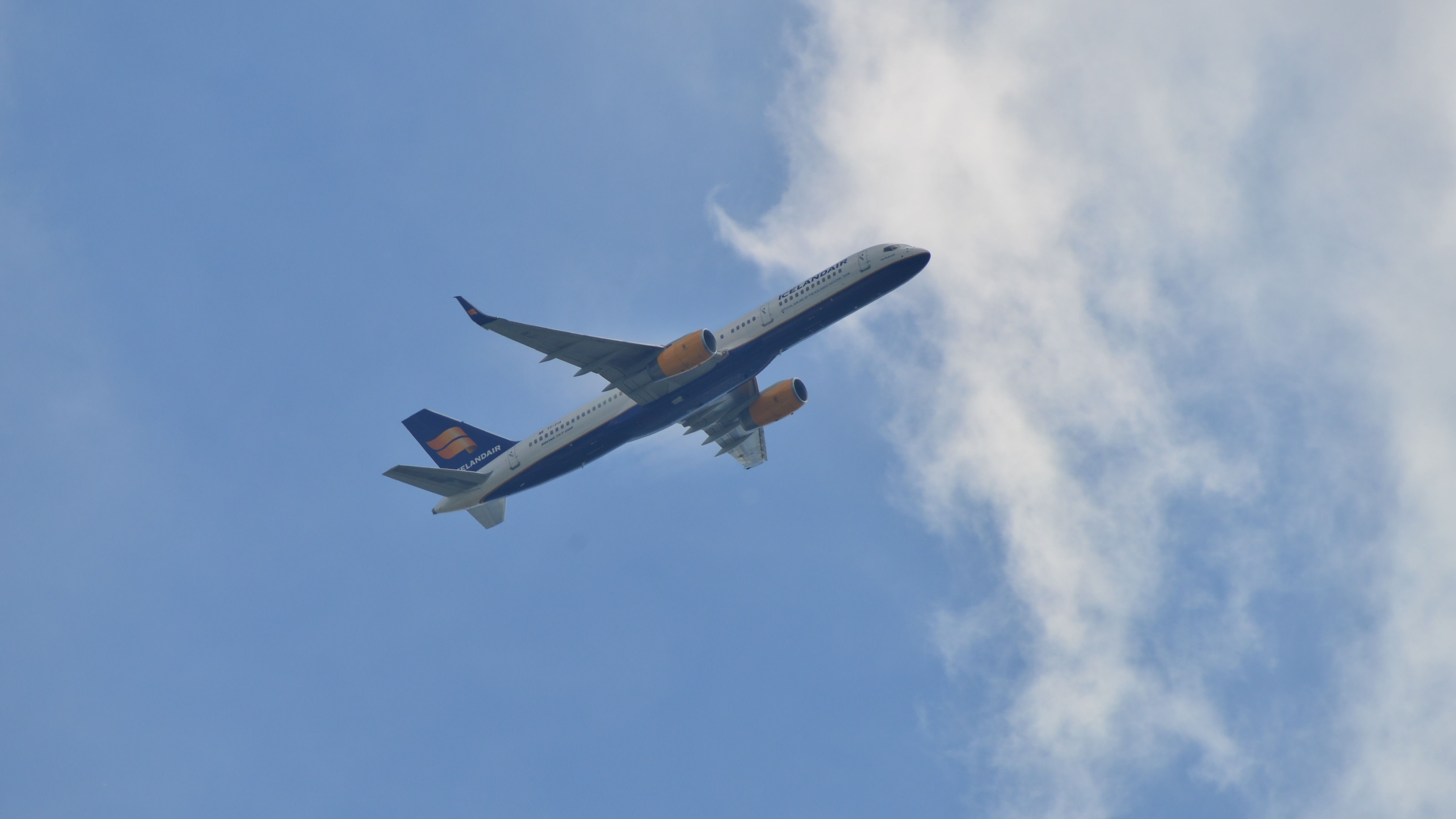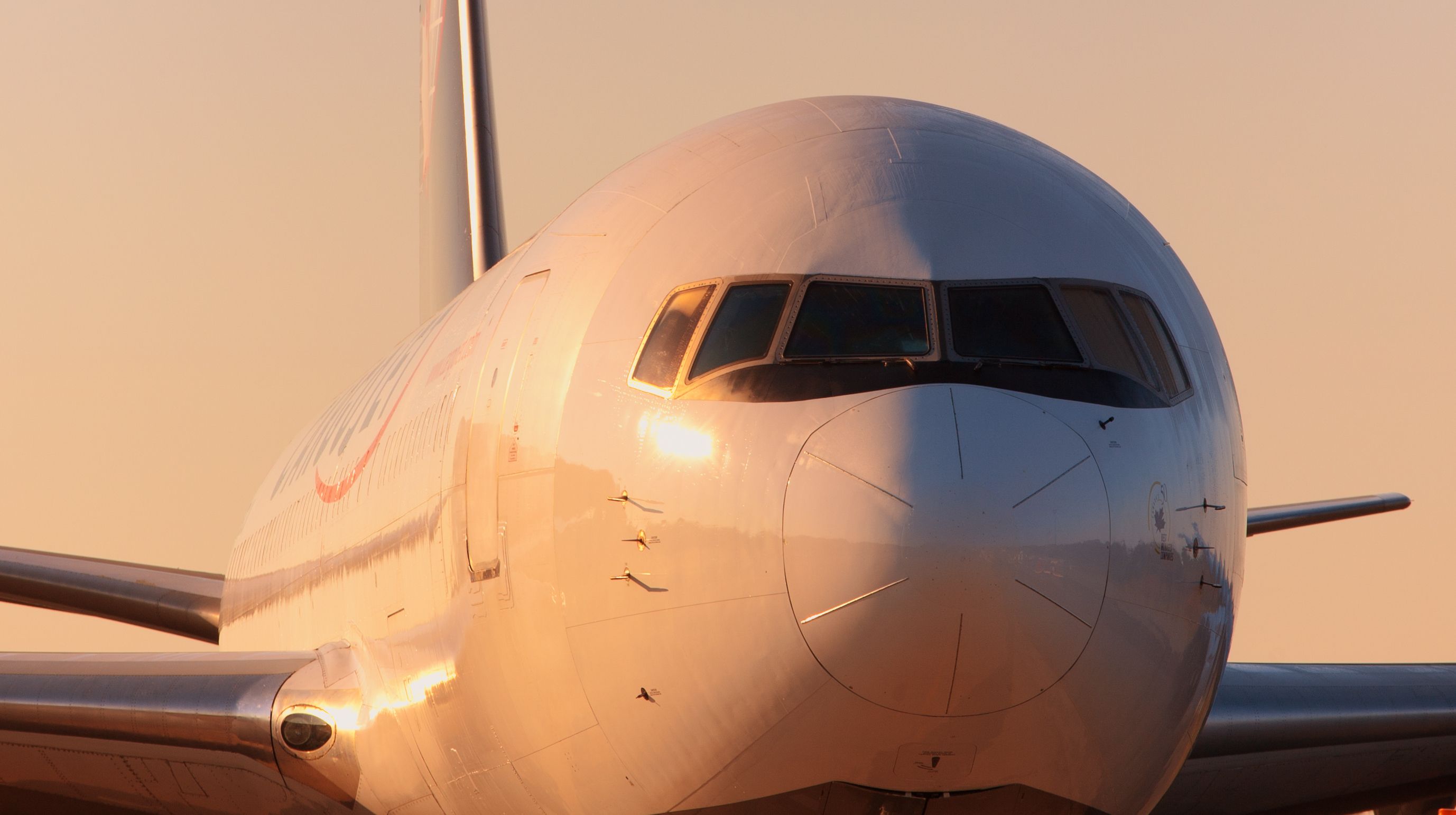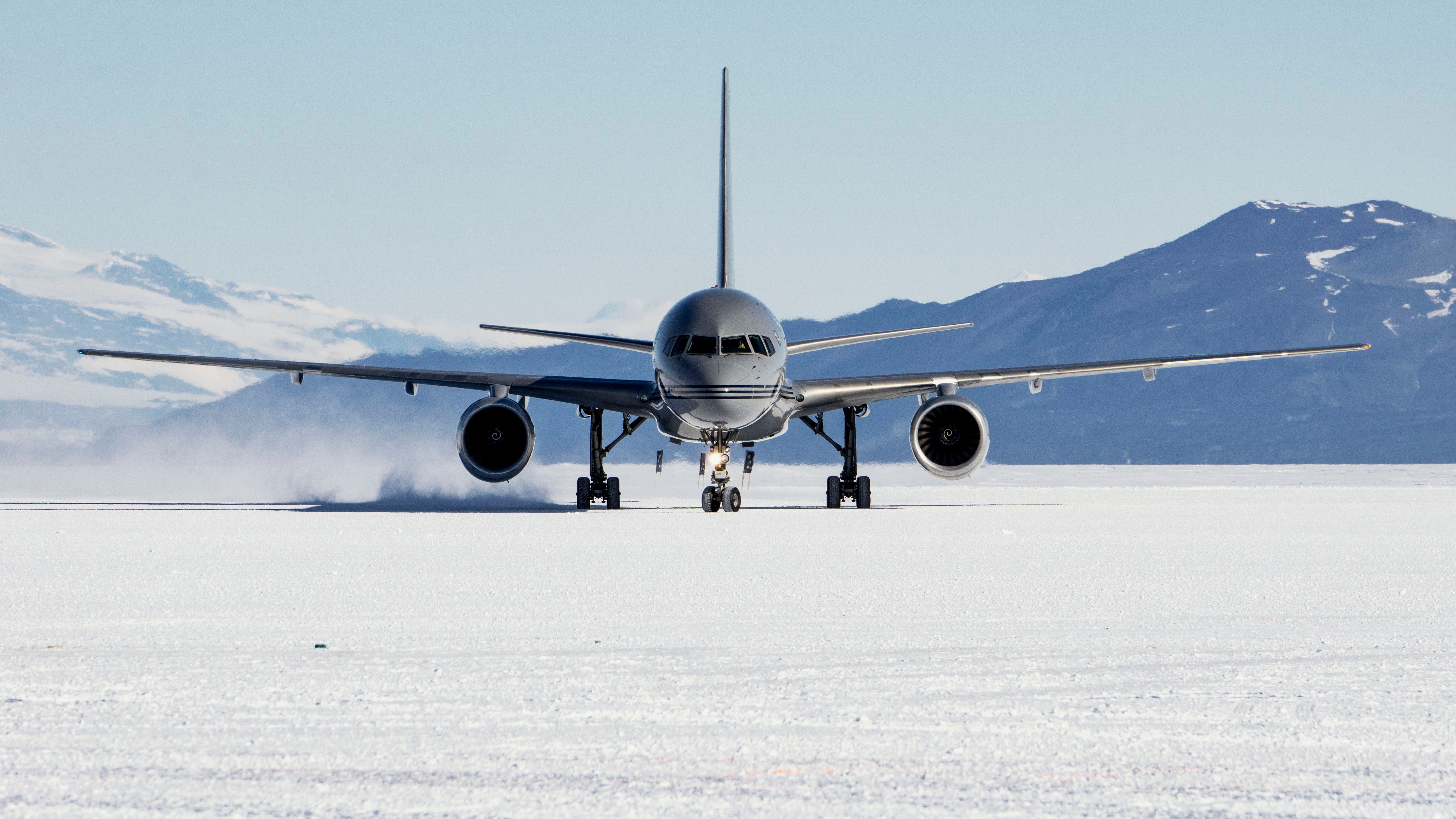Summary
- The Boeing 757’s powerful engines allow it to take off on shorter runways, making it versatile for smaller airports.
- The 757 introduced a modern glass cockpit design that set new safety standards and made it easy for pilots to transition.
- With supercritical wings for fuel efficiency and a comfortable cabin, the 757 remains popular for short to medium-haul flights.
It has been over four decades since the Boeing 757 took to the skies for the first time. Developed as a successor to the Boeing 727, it may not have been the best-selling single-aisle model in Boeing’s history, but it continues to serve in commercial and cargo operations today.
Boeing concluded production of the 757 in 2004, with a total of 1,050 airframes manufactured during its production run. Most of these were 757-200s, while a smaller number were the extended 757-300 models. Even as newer Boeing 757s approach the 25-year mark, over 500 of these aircraft are still actively flying with 47 different airlines, as per the latest data from ch-aviation. We have selected five factors that made this aircraft well-respected among airlines across the world.
1
Unmatched power for its size
Many pilots call the 757 a sports car in the sky, and for good reason. The Boeing 757 was engineered with powerful engines considering its size. The 757 came with two engine choices: the Rolls-Royce RB211-535C high-bypass turbofan and the Pratt & Whitney PW2037.
Rolls-Royce engines provided 37,400 pounds (166 kN) of thrust per engine at full throttle, an uncommon level of power for the slender 757 design. Pratt & Whitney PW2037 engines provided 38,200 pounds (170 kN) of thrust each.
Photo: Evan El-Amin | Shutterstock
Both engine options enable the 757 to achieve takeoff on runways as short as 6,000 to 7,000 feet (1,660 to 2,070 meters) in length under 140 knots, allowing operators to fly from smaller and remote airports. Interestingly, it was the first time that Boeing launched an aircraft with a non-domestic engine manufacturer.
2
Modern cockpit for its time
Another aspect that made the Boeing 757 genuinely unique and versatile for its time was its cockpit design. In the 1970s, Boeing ruled the commercial aviation scene because Airbus was just starting out. As it stood, Boeing’s planes, like the 707 and 727 trijet, dominated the commercial skies.
When Boeing introduced the 757, it brought something new: a glass cockpit, which its earlier single-aisle aircraft, like the 727, did not have. The introduction of this high-tech cockpit made it feasible to fly further with only two crew, with the engineer no longer needed onboard.
Other aircraft had also transitioned to two crew cockpits, but the 757 took safety a step further with its EFIS glass cockpit. It is worth noting that the Boeing 757 was developed concurrently with the Boeing 767 widebody. Therefore, the cockpit is virtually identical, making it easy for pilots to transition between the two aircraft.

Related
The Boeing 757: 5 Reasons Why Pilots Love It
Twenty years after being out of production, the Boeing 757 is noted for being one of the airliners most loved by pilots.
While the 757 has now been out of production for two decades, it is still beloved by pilots for its ease of operation and flight characteristics. A lot of this is down to its glass cockpit, which is very similar to the Boeing 767s and was undoubtedly revolutionary for its era.
3
Supercritical wings
The Boeing 757 was an early aircraft incorporating the supercritical wing design. The supercritical wing design was starting to be tested in the 1970s, around the same time the 757 was being designed.
Unlike conventional wings that are rounded on top and flat on the bottom, supercritical wings have a flatter top and a rounded bottom. These supercritical wings effectively reduce aerodynamic drag, resulting in enhanced fuel efficiency, improved cooling, better engine compartment layout, and reduced production costs.
Photo: Carlo Emanuele Barbi | Shutterstock
According to NASA, the testing validated the wind tunnel data, showing the supercritical wing increased efficiency by as much as 15%. This made the 757 a worthy competitor in the market at the time. In addition to Boeing 757, Boeing uses the supercritical wing design on their Boeing 767s, Boeing 777s, the C-17 military transport aircraft.
4
Comfortable cabin
Based on multiple historical flight reviews, we gathered information indicating that the Boeing 757 was considered comfortable in terms of passenger experience. Although subjective, some passengers consider this aircraft way more convenient than the popular Boeing 737 or Airbus A320 series of aircraft.
Photo: kevin brine / Shutterstock
According to Boeing, the 757 can accommodate between 200 and 295 passengers, depending on the variant. Delta Air Lines is the largest remaining operator of the 757 aircraft, with a fleet comprising 111 757-200s and 16 757-300s. For instance, the airline’s 757-200 can seat 199 passengers in a typical three-class configuration – in comparison, its Boeing 737-900ER can accommodate a total of 180 passengers in a two-class configuration.
5
Early short-medium-range airliner
The Boeing 757 was one of the first aircraft designed specifically for the short and medium-haul market. According to its specifications, the 757-200 variant can fly as far as 3,900 nautical miles (7,220 kilometers), and the larger 757-300 variant can reach a maximum range of 3,395 nautical miles (6,287 kilometers). In comparison, the Boeing 727 was suitable for shorter trips, as the 727-100 variant had a maximum range of 2,300 nautical miles (4,300 kilometers).
Photo: Colin Harnish via Shutterstock
The 757 was one of the first aircraft to be granted Extended Twin-engine Operational Performance Standards (ETOPS) certification. Not only is it ideal for domestic flights within the US, the jet is capable of completing popular transatlantic city pairings non-stop, making it a dream for operators.

